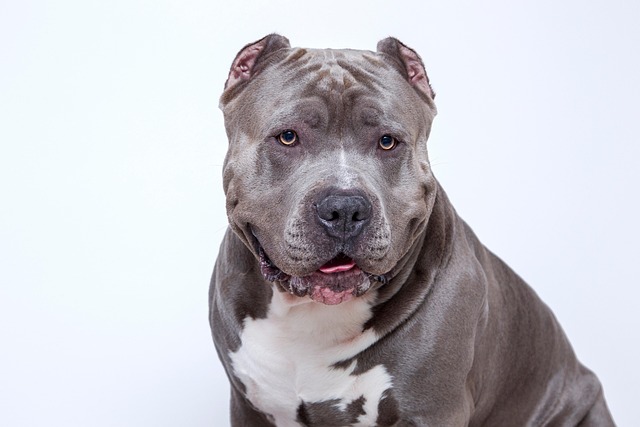
can you give dogs cbd oil to calm them down
Picture this: it’s the evening of the Fourth of July, and the first distant booms of fireworks are starting over your suburban neighborhood.
When a dog owner notices an unusual lump on their pet’s skin—maybe while giving a post-walk belly rub—it’s easy to panic, especially if a vet mentions mast cell tumors. The question of how long a dog can live with this condition doesn’t have a one-size-fits-all answer, but early action and the right care make a big difference. Factors like the tumor’s grade, location, and whether it has spread all play roles in shaping a prognosis.
In many cases, if a mast cell tumor is low-grade and caught before it spreads, surgery to remove it completely can let a dog live for years without issues. For example, a golden retriever in Oregon had a small tumor removed from its leg last year; follow-up checks show no signs of recurrence, and the dog still loves hiking with its owner. But higher-grade tumors, or those that have moved to other organs, often require more treatment, like chemotherapy or targeted therapy, to extend quality life.
 Dog owners should also remember to follow local pet health regulations. In places like California or parts of the UK, keeping detailed vet records—including tumor biopsies and treatment plans—is sometimes required for pet licensing or if you ever need to board your dog. These records not only keep you compliant but also help vets track your dog’s progress over time, which is key for adjusting care if needed.
Dog owners should also remember to follow local pet health regulations. In places like California or parts of the UK, keeping detailed vet records—including tumor biopsies and treatment plans—is sometimes required for pet licensing or if you ever need to board your dog. These records not only keep you compliant but also help vets track your dog’s progress over time, which is key for adjusting care if needed.
Daily habits matter too. Feeding a diet rich in anti-inflammatory ingredients, as recommended by your vet, and avoiding harsh chemicals on your dog’s skin (like certain flea treatments that might irritate tumor sites) can support their overall health. Regular checks—running your hands over your dog’s body during grooming sessions—help spot new lumps early. Catching a second tumor early, even if it’s unrelated, can keep small issues from becoming big problems.
It’s important to work closely with a vet who has experience with mast cell tumors. They can explain the best treatment options for your dog’s specific case and help you understand what to expect. Some owners find comfort in support groups, either in-person or online, where they can share tips with others going through the same thing—like how to manage a dog’s energy levels during chemo or which local parks are quiet for gentle walks.
No one wants to face a mast cell tumor diagnosis with their dog, but being informed and proactive can ease the stress. By staying on top of vet visits, following local rules for pet care, and giving your dog lots of love, you can help them enjoy their days to the fullest, no matter how long that may be. Every dog’s journey is unique, and with the right care, many go on to live happy, active lives after a mast cell tumor diagnosis.

Picture this: it’s the evening of the Fourth of July, and the first distant booms of fireworks are starting over your suburban neighborhood.

You’re brushing your golden retriever after a walk in the park, and suddenly you notice a red, scaly patch on their belly.

When a dog owner notices an unusual lump on their pet’s skin—maybe while giving a post-walk belly rub—it’s easy to panic, especially if a vet mentions mast cell tumors.

I sat with my friend Sarah on her Boston apartment floor last week, where her 4-year-old Border Collie, Milo, paced nervously by the door—his tail tucked, ears flattened

Watching your pup scratch themselves raw can be heartbreaking—you just want to ease their discomfort, but figuring out what’s safe isn’t always straightforward.

Bringing home a pup after eye surgery means shifting from vet clinic care to creating a safe, calm space where healing can happen.